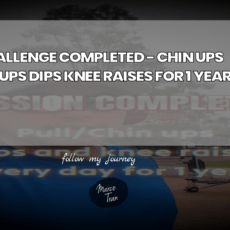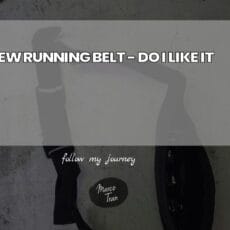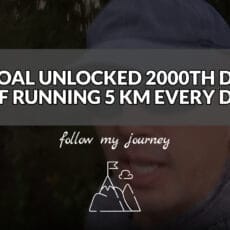Good morning indeed — and what a milestone to greet the day with. Six years of running five kilometres every single day is more than a streak; it’s a lifestyle. When you translate that into numbers, it’s 2,192 consecutive days, roughly 10,960 kilometres covered, and about 1,096 hours spent moving, breathing, sweating and calibrating the mind. Beyond the arithmetic, this kind of consistency carves a groove in your life — it becomes a rhythm you can trust even when everything else feels unpredictable.
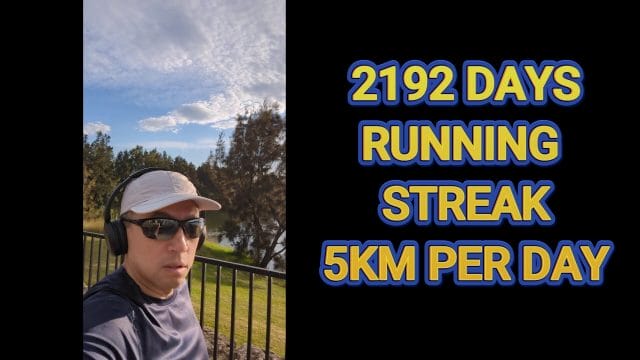
The beauty of a daily 5K, as simple as it sounds, lies in its clarity. There’s no agonising over training plans or fussing about periodisation; it’s the same distance, every day, wherever you are. For many, that removes decision fatigue, which is often the silent killer of personal goals. If you know exactly what you’re doing today, and tomorrow, and the day after, progress becomes a matter of showing up — the most powerful predictor of success in fitness or any discipline.
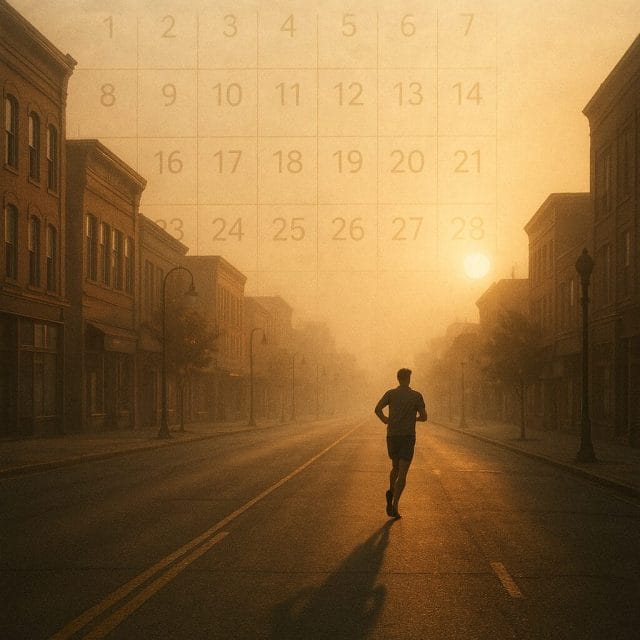
Taking It One Day at a Time
“You just gotta take it every day as it comes.” That mindset is deceptively profound. Rather than projecting six months ahead or worrying about the inevitable rainy Tuesday, the focus is narrowed to the next 30 minutes. Today’s run is the only run that matters. This approach removes the overwhelm and keeps the streak alive. It turns the intimidating mountain of time into a series of small, manageable steps. Over time, those steps form a path you can look back on with pride.
There’s also wisdom in acknowledging uncertainty. “I don’t know how long it’s going to last… I might get injured.” That honesty protects the runner in the long term. It encourages humility and responsiveness: if something feels off, you adjust. If life gets messy, you adapt. The streak is sturdy not because it’s rigid, but because it’s agile. You can respect the goal while listening to your body — and that balance keeps you moving.
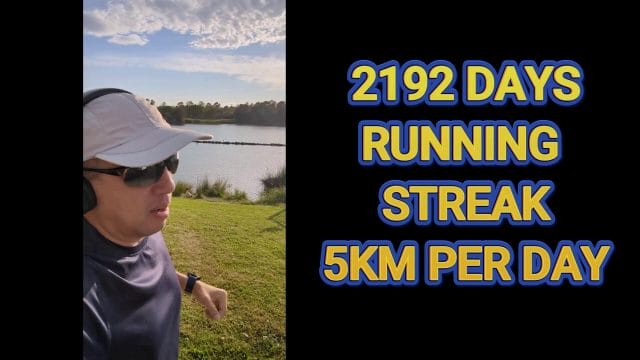
Intrinsic Motivation: Doing It for Yourself
Not everyone will believe you’ve run for 2,192 consecutive days — and that’s perfectly fine. The best goals are self-authored and self-validating. When your reason for running is internal (to feel fit, to clear your head, to keep a promise to yourself), you don’t need external applause or proof. This intrinsic motivation is a psychological anchor that holds even when the weather is grim, your schedule is tight, or your energy dips.
There’s also the quiet satisfaction of long-term commitment. Fitness isn’t about intermittent bursts; it’s about sustained practice. Think of this daily run as the keystone habit that supports others. Regular exercise improves sleep quality, appetite regulation, mood stability, and decision-making. Over six years, those benefits compound. Your morning run can become the invisible scaffolding that keeps the rest of your day upright.
The 30-Minute Rule: Accessible, Adaptable, Effective
Thirty minutes of movement is a simple, universal prescription. For some, it’s a brisk walk. For others, it’s a bike ride, a steady jog, or a mix of mobility work and an easy run. The key is the appointment with yourself: a half hour to invest in your health. This is the inviting doorway to a fitter life — you don’t need special equipment, a membership, or a grand plan. You only need time, shoes, and intent.
If running isn’t your favourite, adjust the modality. Cycling reduces impact, walking is brilliantly underrated, and swimming offers a full-body, joint-friendly workout. The goal is consistency, not intensity. Over time, those 30-minute blocks accumulate like savings in a fitness account, paying dividends in heart health, muscular endurance, stress reduction, and cognitive clarity.
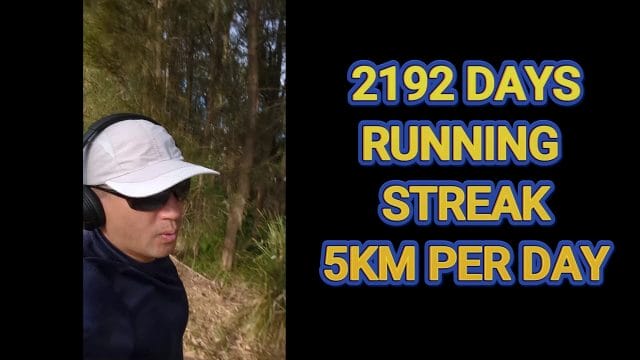
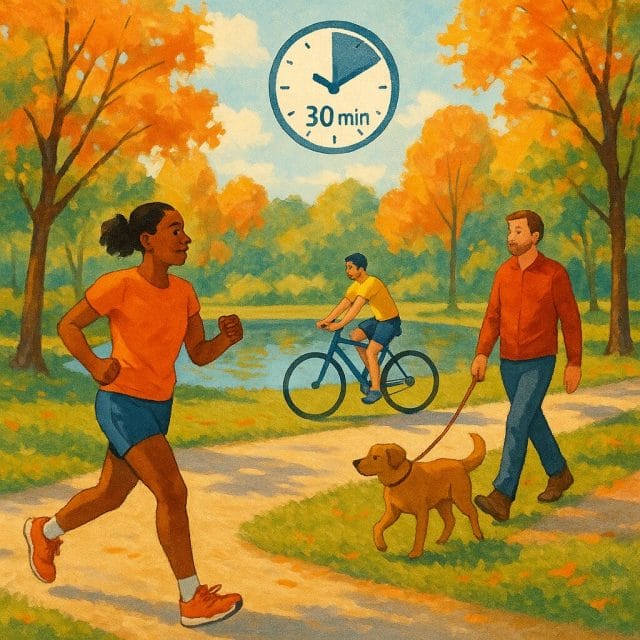
Ageing Strong: Why Maintenance Matters
“Especially as you age you need to maintain your fitness.” That line deserves emphasis. The ageing process naturally nudges us towards reduced muscle mass, slower recovery and decreased bone density. Regular, moderate movement pushes back. Running stimulates cardiovascular efficiency, supports bone health through gentle impact, and enhances balance and coordination. Add sensible strength exercises a few times a week, and you build a protective buffer against injuries and age-related decline.
Fitness maintenance isn’t glamorous, but it’s transformative. Short, frequent sessions create a baseline of readiness for life’s demands — carrying shopping, climbing stairs, playing with children, travelling without fatigue. The daily 5K is a declaration that you are choosing vitality, not waiting for it to happen.
On Doubt, Discomfort and “Keep Going”
Even stalwart routines aren’t immune to doubt. Soreness, mild illness, or simply a low-energy day can make the run feel like a negotiation. The answer isn’t grit-at-all-costs; it’s strategic persistence. On tender days, keep the pace conversational. On busy days, keep the route short and familiar. On meh days, start with a five-minute walk — often the body warms and the mind follows.
It’s worth learning the difference between discomfort and pain. Mild stiffness from training? Manageable. Sharp, persistent pain? Stop and evaluate. Maintaining a streak can coexist with safety: swap in a gentle walk, stretch, or mobility session if needed. Respecting signals isn’t quitting; it’s an investment in tomorrow’s run.
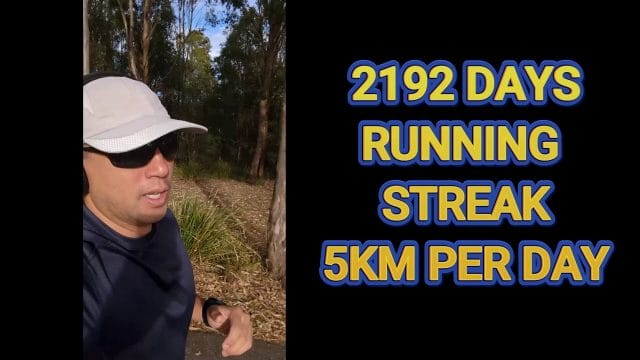
When Tech Fails: Building Redundancy
There’s a uniquely modern frustration in finishing a run and discovering your watch didn’t track it. If data fuels your motivation, that can feel like the run didn’t “count.” Running another 5K in response shows an admirable commitment, but there are smarter ways to protect your streak and your body:
- Use multiple logs: track runs on your watch and a simple notes app or paper journal.
- Record essentials quickly post-run: date, route, time-of-day, perceived effort, and any weather notes.
- Set auto-sync and check battery before heading out.
- Accept that the run counts because you did it, not because a device said so.
Technology is a brilliant aid, not the arbiter of effort. Keep the spirit of the streak intact by valuing the run itself above the record of it.
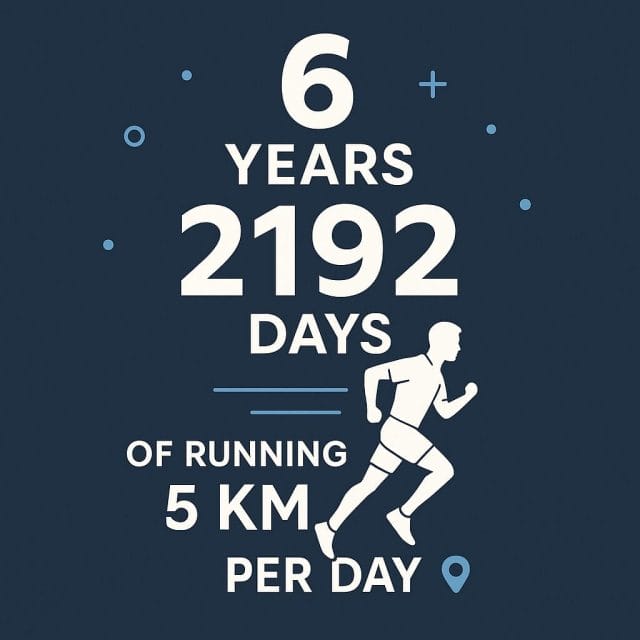
Habit Architecture: How to Make Daily Movement Stick
“All it is is just building good habits.” Precisely. Habits form when you place a desired action in a predictable context. Make your run the first thing after your morning coffee. Lay out your kit the night before. Choose a default route that minimises decision friction. The easier it is to start, the likelier you’ll continue.
Think of habit design in four parts: cue, routine, reward, and identity. Your cue is the trigger (alarm, coffee, sunrise). The routine is the run. The reward might be the shower afterwards or the calm clarity you feel. The identity is the statement you reinforce daily: “I am someone who moves.” Over time, identity becomes the engine; you act consistently because the behaviour matches who you believe you are.
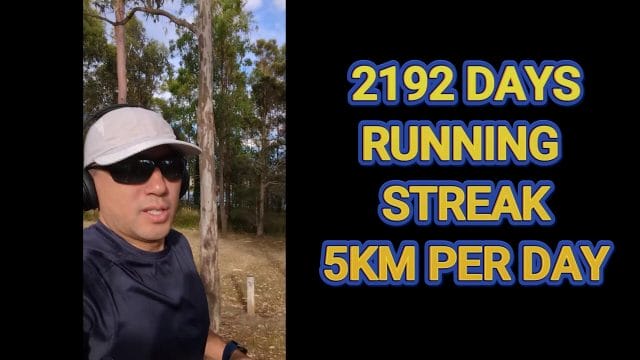
The First Days Are the Hardest: Here’s How to Start
The transcript acknowledges that the first couple of days will be tough — and they will be. New patterns often meet resistance, not because you’re incapable, but because your brain is efficient and prefers familiar routines. The trick is to lower the bar for friction and raise the bar for celebration:
- Begin with 15–20 minutes if 30 feels daunting, and build gradually.
- Schedule your movement at the same time daily to create rhythm.
- Pair the run with something you enjoy (your favourite podcast, a scenic route, or meeting a friend).
- Use “never miss twice” as your rule: if you miss a day, the next one becomes non-negotiable.
With this approach, momentum grows and carrying on feels increasingly natural. You’ll find that the habit itself starts to carry you when motivation dips.
Practicalities: Kit, Safety and Recovery
Good habits flourish with sensible logistics. Invest in footwear that suits your gait and terrain; visit a running shop for a quick assessment if you’re unsure. Rotate shoes to prolong life and vary stimulus. Dress for the weather with breathable layers in winter and sun protection in summer. Consider reflective elements and a small light if you run at dawn or dusk.
Keep a simple warm-up routine: five minutes of walking, some leg swings, gentle ankle circles and a few short, easy strides. After your run, cool down for a couple of minutes and do light mobility. Hydration matters year-round; sip water before and after, and add electrolytes on hot days or if you sweat heavily. Sleep, too, is training — consistently aim for quality rest to keep your streak resilient.
Routes, Weather and Variety
Routine doesn’t have to mean monotony. Keep a handful of default routes — a quick loop for busy mornings, a scenic path for Sundays, a trail when you crave quiet. Embrace weather as part of the practice. Rain becomes a lesson in resilience; wind, a reminder of pacing; heat, an education in hydration and patience. Adjust pace, clothing and expectations according to conditions, and the streak becomes seasonally rich rather than rigid.
If travel disrupts your usual routine, carry lightweight kit and map a route near your accommodation. Running is wonderfully portable; it’s one of the few forms of exercise that fits almost anywhere with paths or pavements.
Alternatives When Running Isn’t Possible
Even streak die-hards encounter days where running is unwise (acute injury, illness, or exceptional fatigue). Maintain the spirit of your 30-minute commitment with alternatives: a brisk walk, gentle cycling, mobility flows, or a restorative yoga session. Keep the time block sacred, and you’ll protect the habit while honouring your body’s needs. This approach turns consistency into a lifelong strategy rather than a brittle challenge.
Mindset: From Discipline to Joy
At first, the streak may feel like discipline. Over time, it shifts towards joy. The daily 5K becomes a micro-escape, a reset button, a brief window where your mind quiets and your senses sharpen. You start to notice the tiny details — the particular sound of your trainers on wet pavement, the way light changes along your route, the rhythm of your breathing. These observations are small, but they add meaning, making the habit emotionally rewarding.
By doing it for yourself, you create a sustainable source of satisfaction. External validation is fleeting; the pride in keeping a promise you’ve made to yourself is enduring.
Your Turn: Build Your Version of the Streak
Whether you choose five kilometres, 30 minutes of movement, or a different daily practice entirely, the lesson stands: show up, one day at a time. Start small, set a clear cue, make it easy, and celebrate completion. Protect the habit when life gets complicated by adjusting rather than abandoning. And when tech blips, schedules clash, or motivation wanes, remember that the run counts because you did it — that’s where the real achievement lives.
Six years and 2,192 days is impressive, yes, but not impossible. It’s just today, repeated — a series of simple, honest efforts reliably stacked. If you want it, set your mind to it and begin. Then, keep going.
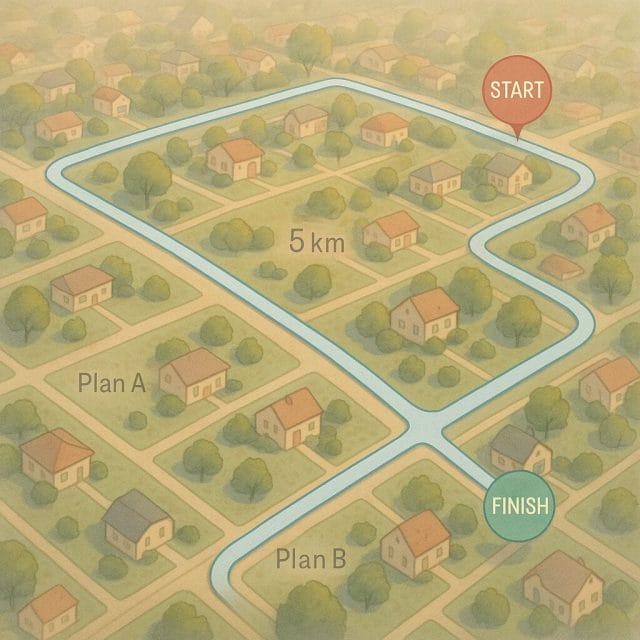

If this article helped you in any way and you want to show your appreciation, I am more than happy to receive donations through PayPal. This will help me maintain and improve this website so I can help more people out there. Thank you for your help.

